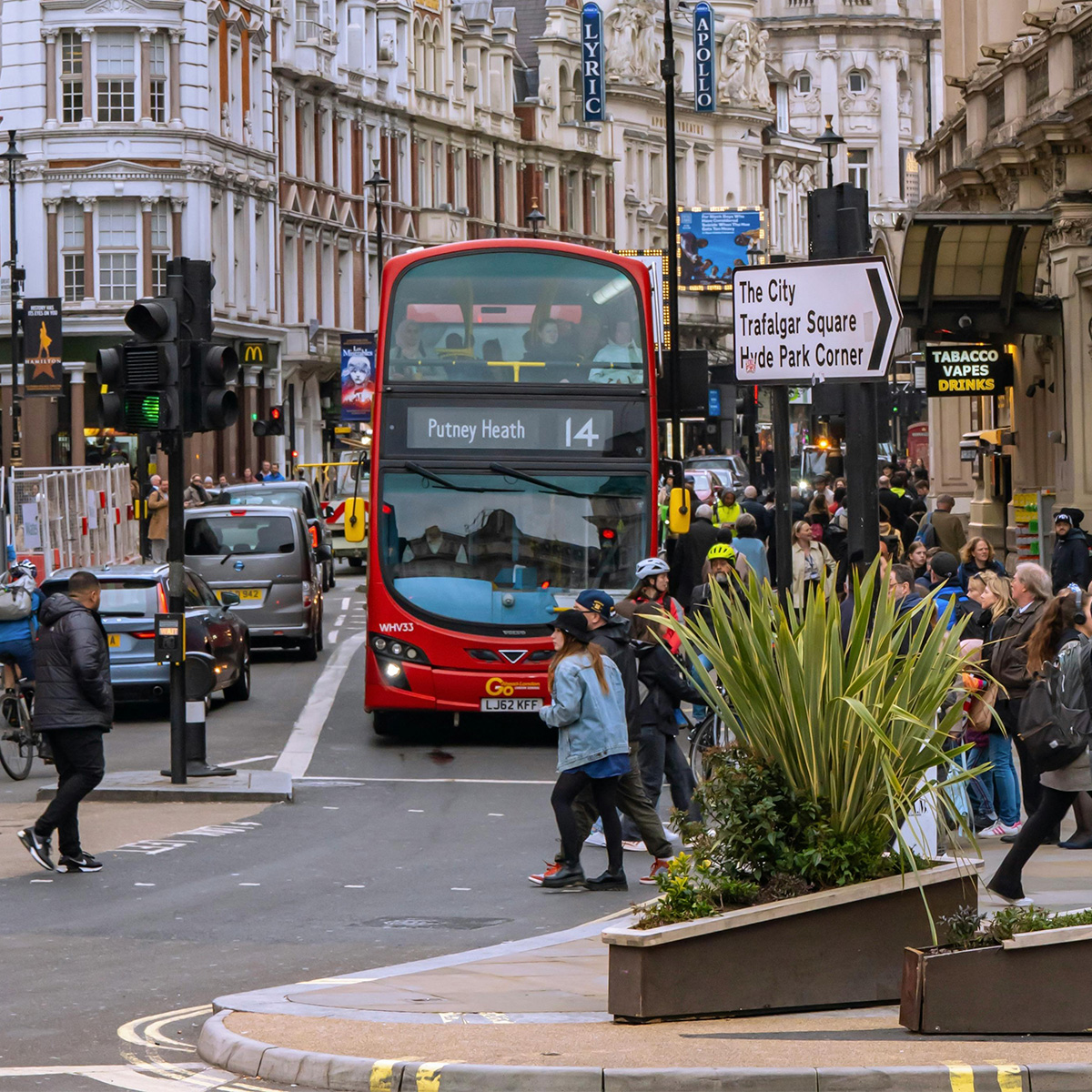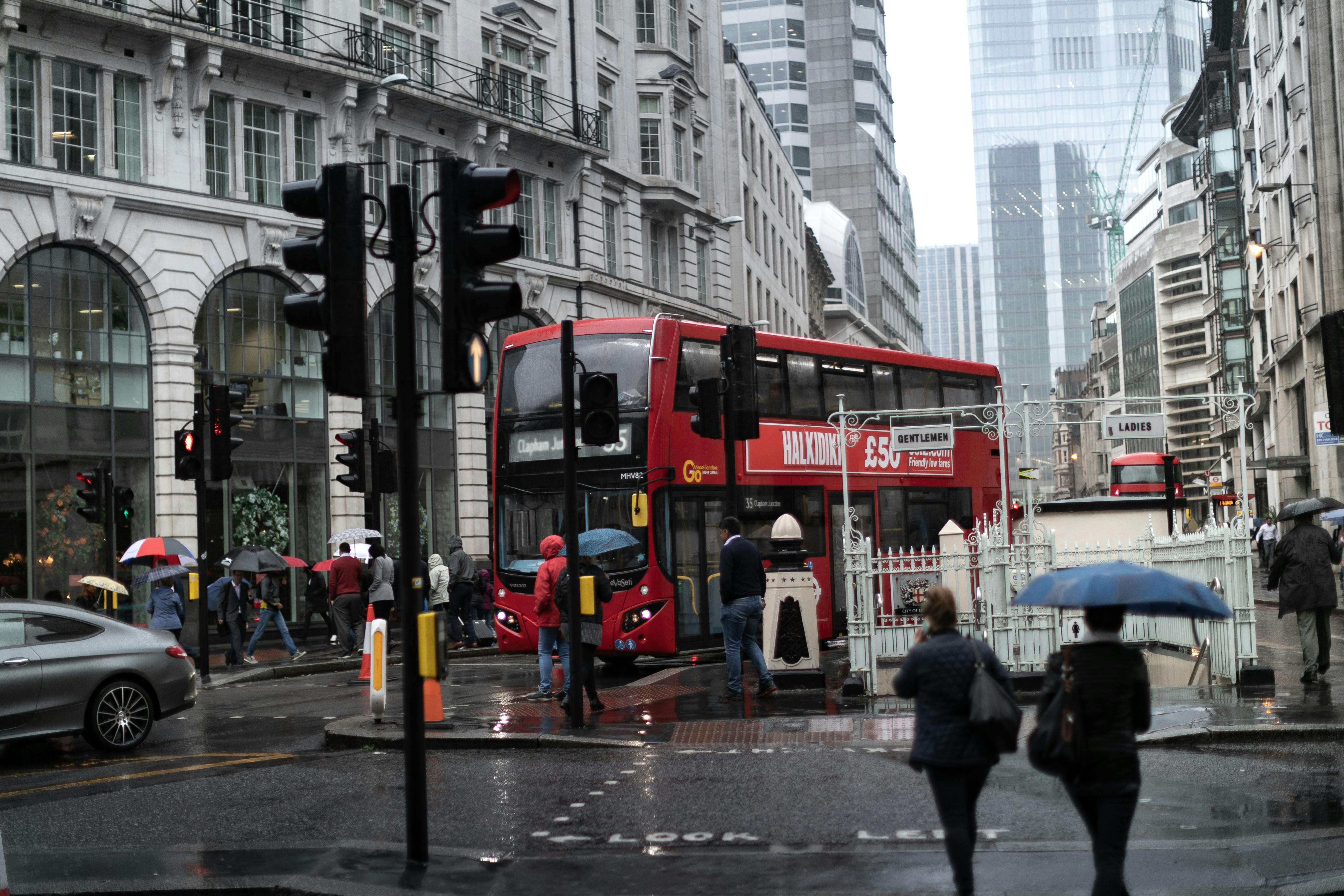Did you know that traffic congestion in Greater London costs the city over £5 billion annually in lost productivity? It’s a staggering figure, and it’s not just cars clogging up the roads – delivery vans play a significant role too. With the rise of e-commerce, the number of delivery vehicles on London’s streets has surged by 100% in the last decade alone.
This increase in traffic doesn’t just mean longer commutes and increased stress for Londoners; it also contributes to the city's growing carbon footprint. But what if we could turn the tide and reduce this? What if public transportation – something already built to serve millions daily – could carry the weight of deliveries too?
Reimagining Public Transportation
Picture this: you’re commuting on the London Overground, and while you’re moving swiftly through the city, so is your latest online purchase. Sounds futuristic? It might be closer than you think. Greater London is exploring innovative ways to integrate delivery services into its already vast public transport network.
By leveraging buses, trains, and even bike schemes, deliveries could be streamlined, reducing both traffic congestion and emissions. This would shift many of the smaller, last-mile deliveries from vans to public transport, offering a win-win for consumers and the environment.
The Human Impact: A Win for Londoners
For the everyday commuter, fewer delivery vans could translate into faster, less stressful journeys. Imagine cutting your commute time by ten minutes every day – that’s almost an hour a week to spend with your loved ones, exercise, or just relax. Not to mention, cleaner air to breathe and quieter streets to walk.
For small businesses, the integration of delivery services with public transport opens up affordable and reliable options for shipping goods locally, without having to deal with the complexities of traditional delivery systems. It’s a game-changer for the high streets that rely on efficient logistics.
Challenges and Future Steps
Of course, the idaea of merging delivery services with public transport is not without its hurdles. It requires coordination between transport operators, local councils, and logistics companies. There’s also the question of infrastructure – how do we adapt buses and trains to handle packages without inconveniencing passengers?
However, these are challenges worth addressing. With a collaborative approach, Greater London could set a precedent for cities worldwide, tackling traffic congestion and climate change in one innovative move.
In a city where over 9 million people depend on public transport daily, the potential to use that infrastructure for something more – like deliveries – is massive. The integration of delivery services with public transportation is not just a trend but a necessity if we are to create a more sustainable, efficient, and liveable London.
The question is, are we ready to make the shift?









